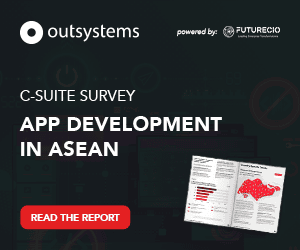Brands across the Asia Pacific and Japan region lead other geographies in generative AI deployment and are set to make significant near-term organisational changes to scale up adoption, according to Adobe’s Digital Trends 2024 Asia Pacific and Japan (APJ) report.
The APJ region is making significant strides in AI adoption, with around 65% of executives among APJ brands having fully or initially implemented AI solutions and pilots. This surpasses the adoption rates in the US (61%) and Europe (55%), with the highest deployment seen in Japan (82%), followed by India and Asia (72%).
Executives vs practitioners
Across Asia, just 2% of executives admit they do not have a formal generative AI adoption strategy within their organisation, compared to 30% of practitioners.

“For some senior executives, adoption can be as simple as signing a vendor contract, while practitioners are likely better acquainted with the realities of having the right data, tools, and training. However, we expect this disconnect to narrow in 2024, with brands poised to strengthen organisational readiness for generative AI deployment,” Duncan Egan, vice president of Digital Experience Marketing Asia Pacific and Japan at Adobe, said.
GenAI integration
With generative AI integration most likely to support growth in 2024, most brands in APJ are developing guidelines for responsible AI use (73%) and aligning a comprehensive AI roadmap with broader business goals (71%).
To support GenAI adoption, brands expect changes to operating models and organisational structures. Across APJ, the majority plan to reorganise teams and functions, (Asia at 80% and India at 74%), and introduce AI leadership roles (India at 78% and Asia at 73%).
To upskill and provide guardrails for generative AI, executives plan to conduct AI skills training for key staff (47%) and create policies for ethical and secure generative AI usage (45%).




